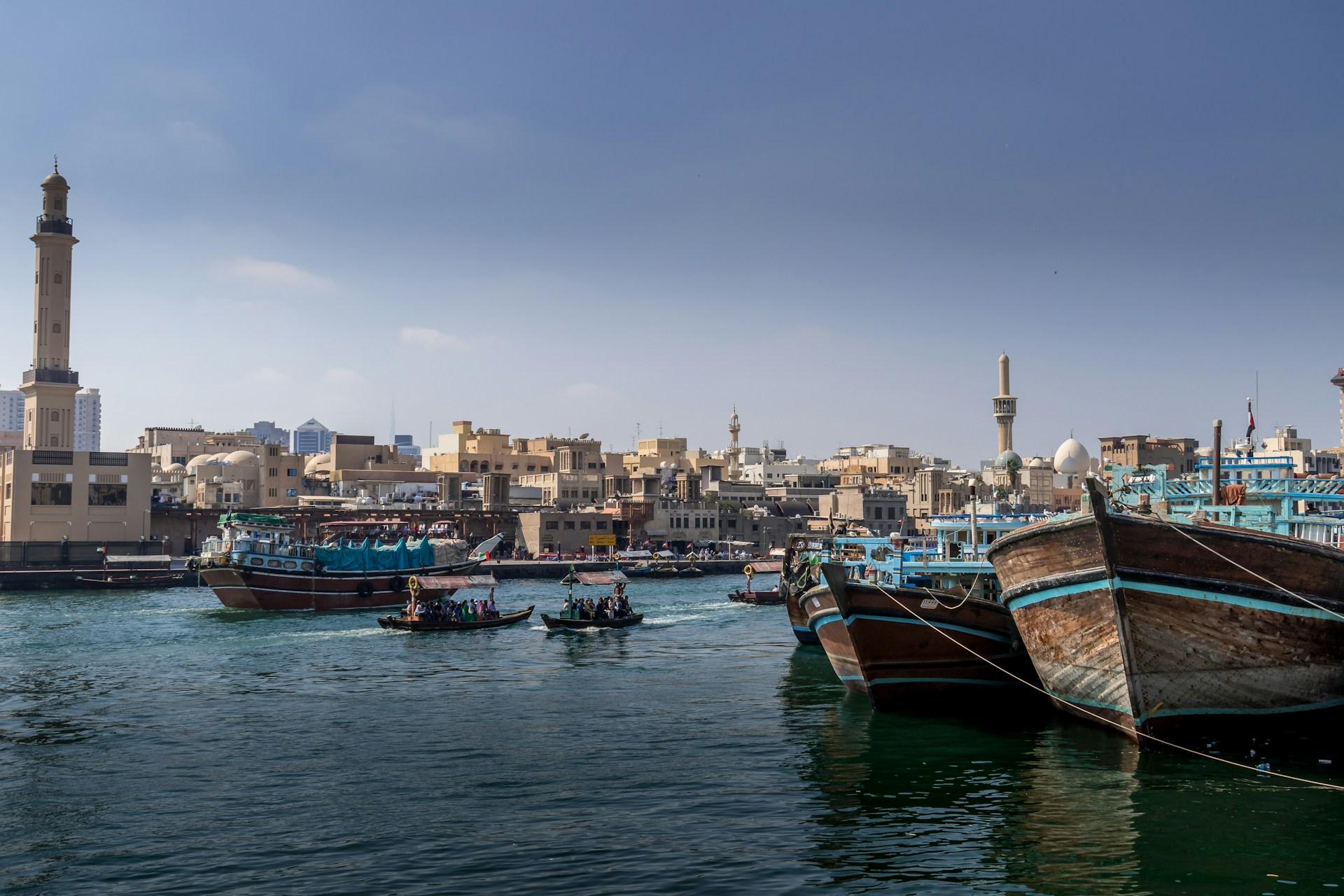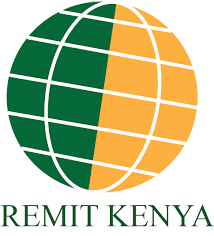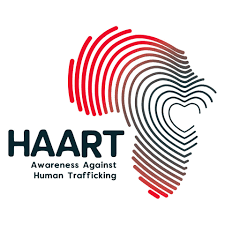Promoting Safer Labor Migration from Kenya to Arabian Gulf Countries

Funded by HTRI and in collaboration with Vyxer Remit, researchers are developing a study to assess if providing Kenyan workers with improved labor migration information and monitoring services enhances safe migration in Arabian Gulf countries.
The availability of better paying jobs in high-income countries can motivate workers from low- and middle-income countries to migrate. Kenya is a growing source of migrant labor for countries in the Arabian Gulf. While a majority of workers secure legitimate work visas in these countries, unregulated recruitment channels exist that can facilitate unsafe migration.1 Research suggests that low-quality intermediaries – individuals who help facilitate the transit of job seekers with jobs in destination countries – withhold job information from migrants and offer little monitoring assistance, increasing the incidence of abuse, forced labor, and trafficking.2
Funded by HTRI and in collaboration with Vyxer Remit, researchers are developing a study to assess whether improved labor migration information and monitoring services for Kenyan workers enhance safe migration to Arabian Gulf countries. They will collect survey data from returnee migrants in Kenya and build partnerships with local experts and key stakeholders to determine which services would be most useful to migrants.
Results will inform the design of a future intervention aimed at reducing the risk of abuse and trafficking by providing workers with services that intermediaries currently do not adequately offer. These potentially include sharing information on intermediary and employer quality, connecting workers with local legal experts, and linking them to destination-based rescue organizations before and during their migration.
Results will be available later in 2024.
Sources
1. Farah Manji, “No win-wins in Kenya’s modern-day voyages in search of work,” Brookings Institution, May 26, 2017, https://www.brookings.edu/articles/no-win-wins-in-kenyas-modern-day-voyages-in-search-of-work/
2. Washburn, Tessa, Marissa L. Diener, David S. Curtis, and Cheryl A. Wright. "Modern slavery and labor exploitation during the COVID-19 pandemic: a conceptual model." Global health action 15, no. 1 (2022): 2074784.
Implementing Partner

Research Partner












